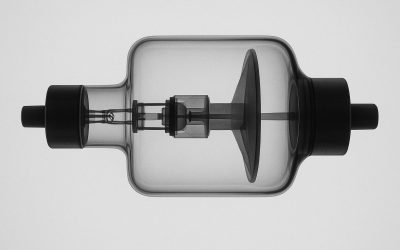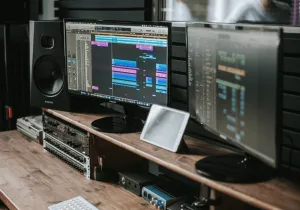In the PCB (printed circuit board) design stage, decisions are made on all aspects of the board, including the circuitry, the assembly options, and features, as well as the types of materials that are used.
There are several options in substrates that are used for PCBs for all types of industries and applications. Making a choice of the most suitable substrate starts with a clear understanding of the conditions under which the board will perform.
Options to Consider
With the option of selecting a ceramic substrate, the OEM has two immediate choices. One is to use an LTCC (low temperature co-fired ceramic) or to choose the HTCC (high temperature co-fired ceramic). In this type of development of the PCB, the ceramic board as well as dielectric, resistive and conductive materials are all fired in the specialized kilns in the same process.
The LTCC boards are processed at below 1830 degrees Fahrenheit, and the HTCC processing temperature is approximately 2910 degrees Fahrenheit. Typically HTCC processes include multilayer processes, which helps to increase the rigidity of the board while also adding additional levels of protection for the components. The benefits of LTCC include the ability to embed a wider number of passive electronic elements, which can reduce both the size and the cost of processing the ceramic substrate.
In addition, there are both thick and thin film substrates, both which are ideal for specific types of applications.
The Choice of Ceramic
Both options in the ceramic substrate offer a high thermal conductivity, which makes this a material that can stand up in a wide range of applications where heat is a factor.
The use of this type of substrate also hermetically seals the components, which protects them from exposure to corrosive materials in the application. This, in turn, extends the life of the boards and the uptime of the equipment, system or device.


